The Audi A6 and A7 Sportback ranges have received styling tweaks and equipment upgrades as part of a mild facelift.
Massimo Pini
Style Edition added to Nissan X-Trail range
Nissan has introduced a new special edition of its X-Trail crossover based on the range-topping Tekna model.
Mitsubishi gears up for Commercial Vehicle Show
Mitsubishi will display a range of car-derived commercial vehicles at the CV Show, which takes place from 26-28 April at the Birmingham NEC.
Subaru targets new TT record with WRX STI Time Attack
Subaru has confirmed another record attempt on the Isle of Man TT Course with rally driver Mark Higgins.
Convertible, Sports Car, Supercars, News
McLaren 675LT Spider sold out in a fortnight
McLaren has revealed full details of its new 675LT Spider, the fastest open top McLaren model ever built.
Electric, Hybrid, Hydrogen Fuel Cell Car, News
Electric car sales reach record high
Uptake of plug-in cars reached a record high in the UK with more than 115 electric cars registered every day during the first quarter of 2016.
MINI LIVING concept unveiled at the 'Salone del Mobile'
Concept Car, SUV, News, Motorshow
Infiniti teases QX Sport Inspiration concept
Suzuki Swift sales top 5 million worldwide
First launched in the UK in May 2005, Suzuki has confirmed global sales of its Swift have now passed the five million mark.
Audi builds one-off six-metre, six-seater A8
Celebrity, 4x4, Crossover, Electric, Family Car, Hybrid, News, SUV
Konnie Huq plugs Plug-in Mitsubishi Outlander
Concept Car, Convertible, Quirky
Citroen to show Cactus Chair at Milan Design Week
Citroën will be showing off an exclusive piece of furniture at the 2016 Milan Design Week – the Cactus Chair.
The Queen’s Bentley goes up for sale
A Bentley Mulsanne limousine once owned by Her Majesty the Queen, has gone on sale for just under £200,000 on Auto Trader.
Hypercar, Motorsports, Sports Car, Technology
Lamborghini launches Track and Play app
Lamborghini owners who use their cars on track days can now monitor and analyse their performance thanks to a new App.
SEAT undercuts Qashqai with new Ateca SUV pricing
Priced from £17,990, the Ateca undercuts key rivals, including the Nissan Qashqai by over £500, as well as the Ford Kuga by around £2,000.
Faster Bentley GT Speed and Black Edition unveiled
The fastest production Bentley ever, with a top speed of 206 mph – now with even more power and torque – is joined in the Speed family by a new Black Edition model.
Revamped Alfa Romeo Giulietta on sale
Skoda chases company bosses with new SUV
Coupe, Motorshow, News, Sports Car
Nissan reveals revamped GT-R in New York
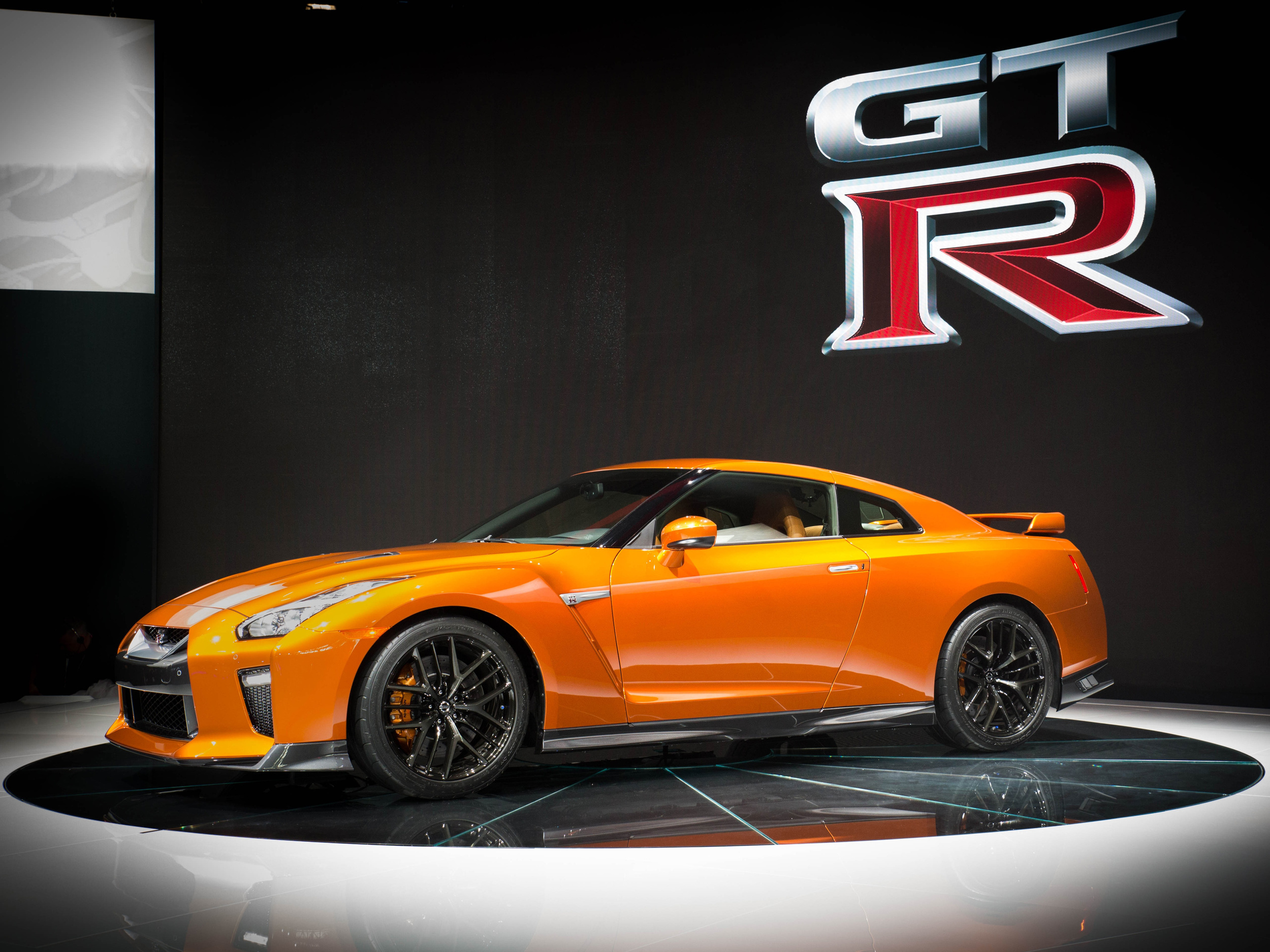

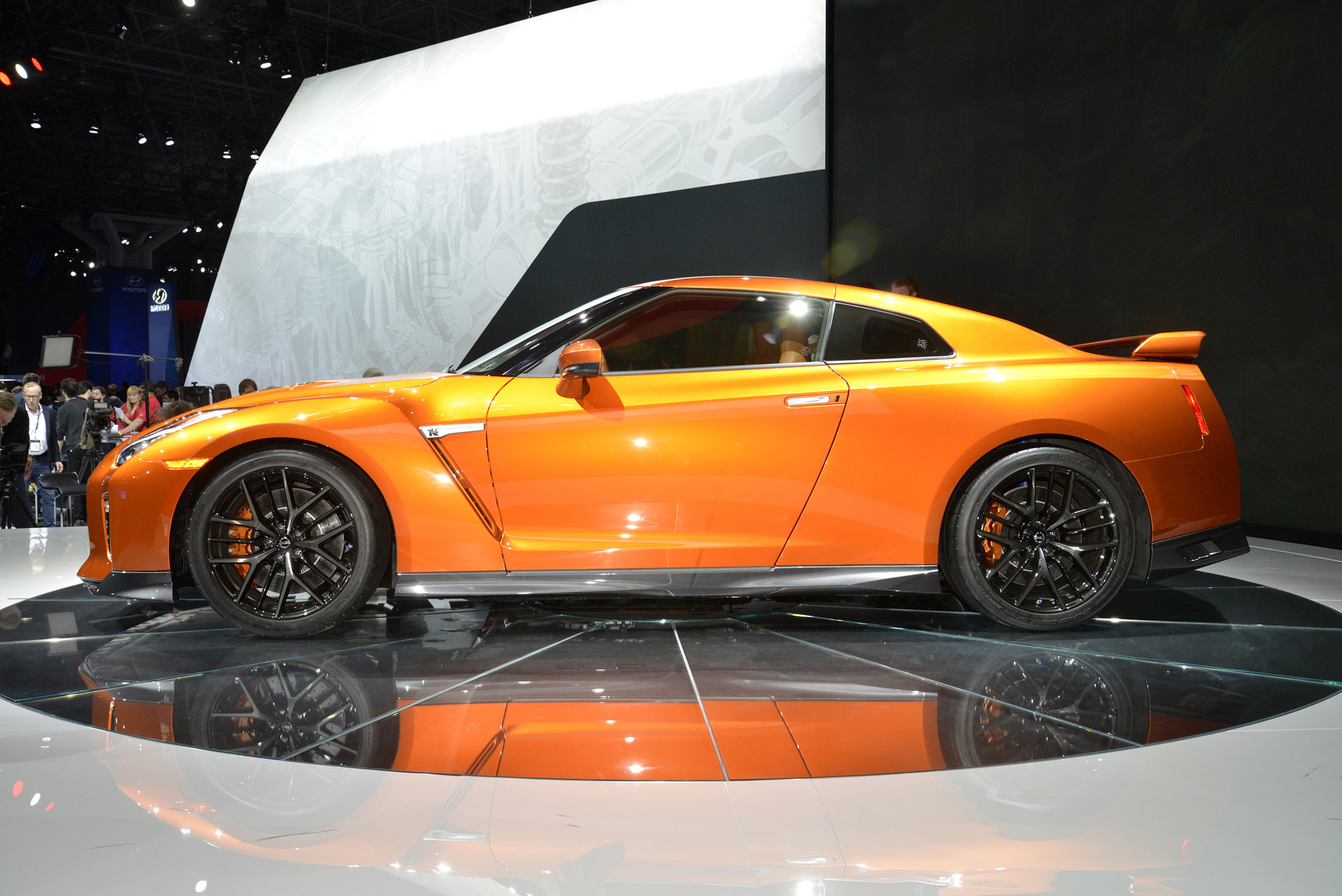
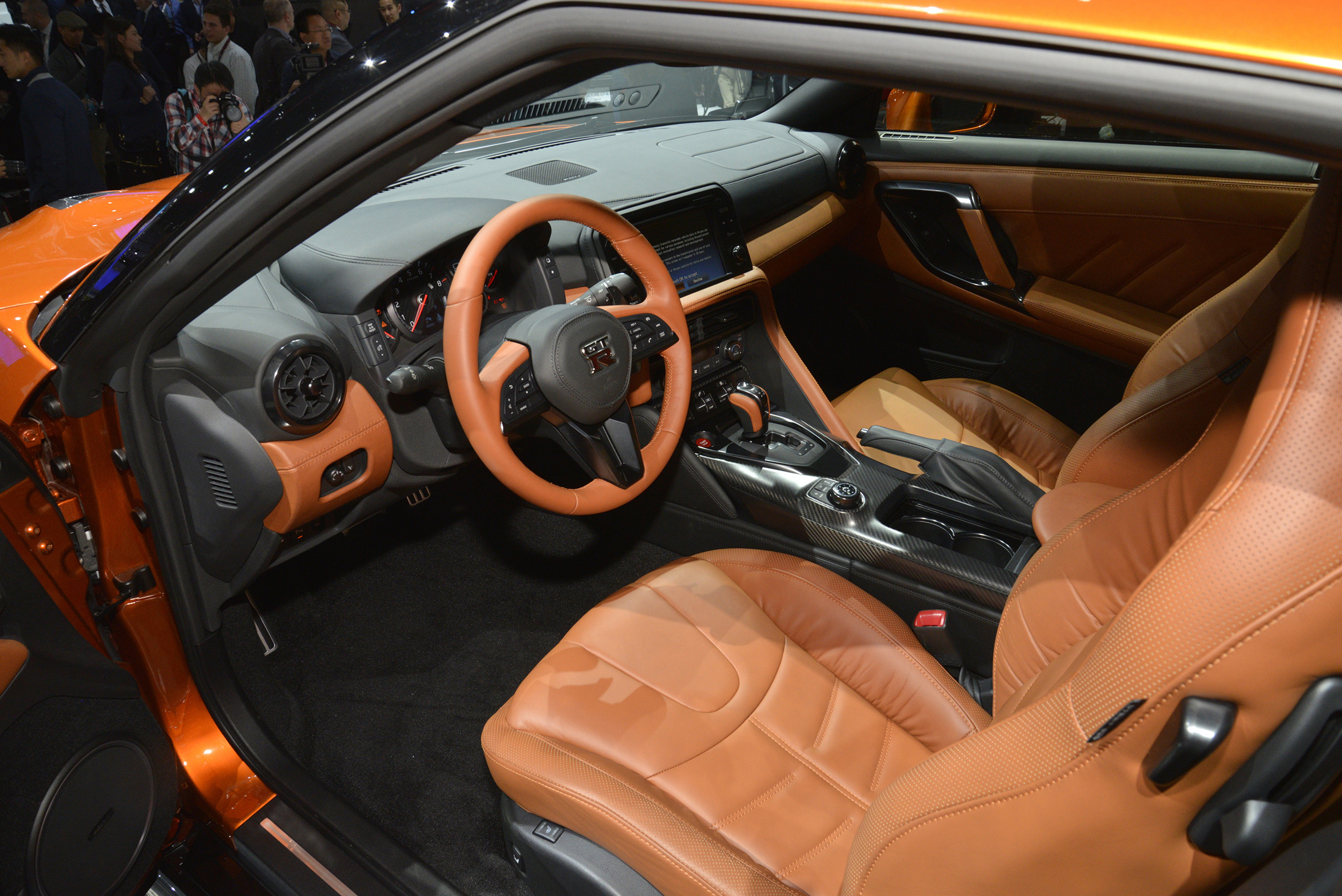

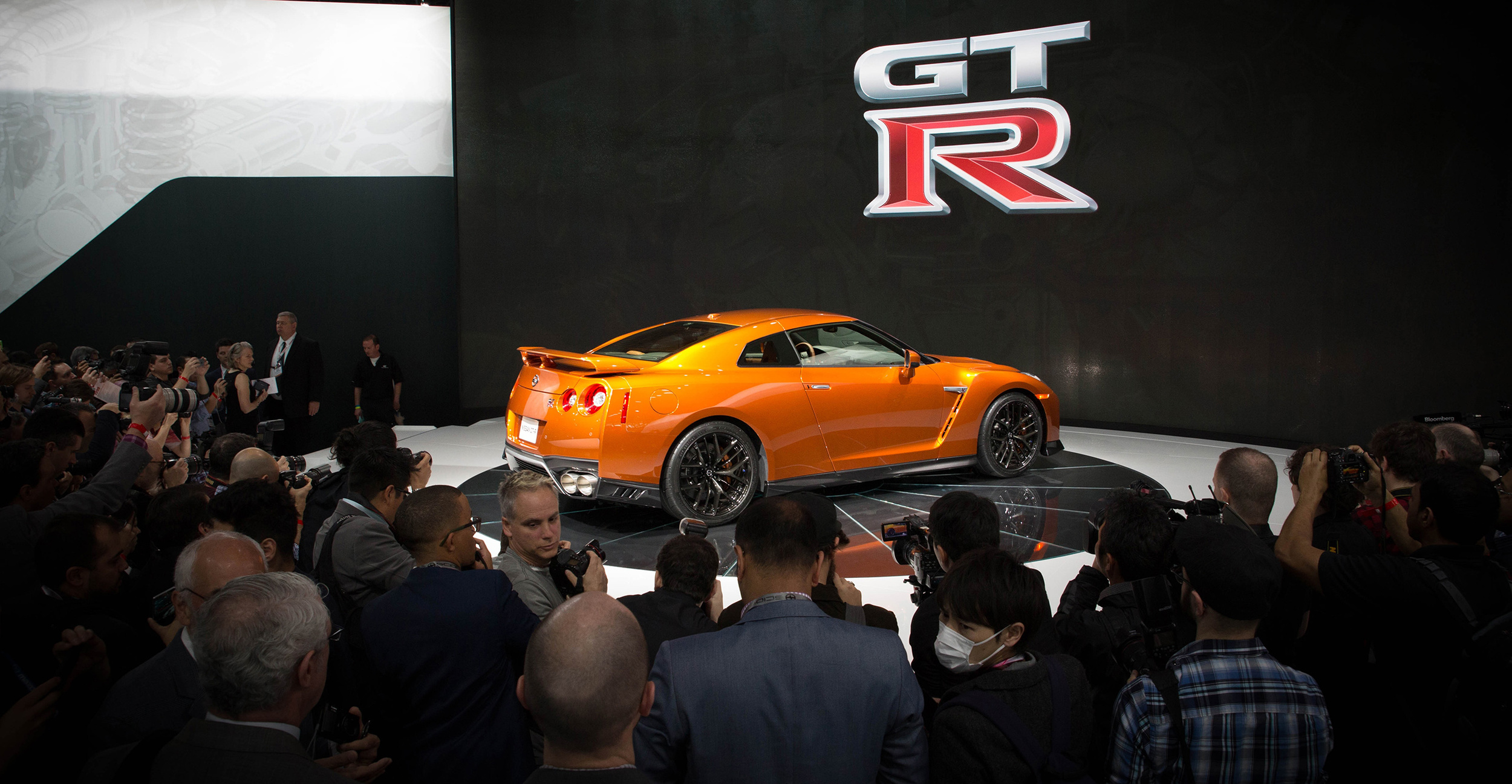


The facelifted Nissan GT-R is making its debut at the New York International Auto Show.
A range of design tweaks, performance enhancements and new features are said to represent the most significant changes to the model since it was introduced in 2007.
The latest GT-R’s front end makeover includes the new chrome matte finish “V-motion” grille – enlarged for improved engine cooling – with an updated mesh pattern, while the new bonnet has been reinforced to help improve stability during high-speed driving. A redesigned front spoiler lip and bumper with finishers situated immediately below the headlights are said to generate high levels of downforce.
The rear of the car has also been revamped with new bodywork to help improve air flow, as well as side air vents next to the quad exit exhaust pipes. The belt line that separates the lower black section from the body panel has been heightened to give the car a wider and more aggressive look from the rear.
The 3.8-litre 24-valve twin-turbocharged V6 engine now delivers 570 PS at 6,800 rpm and 637Nm of torque. The improved output, which is the result of individual ignition-timing control of the cylinders and extra boost from the turbochargers gives acceleration in the mid- to high-ranges (3,200 rpm and above). It comes mated to a thoroughly refined 6-speed dual-clutch transmission that features smoother shifts and less noise. That familiar GT-R tone also has been upgraded with an engine that has ‘never sounded better’ says Nissan. The resonance of the new titanium exhaust and Active Sound Enhancement (ASE) enhance the driving experience.
On the inside, the entire dashboard and instrument panel are new and covered with high-quality leather. The centre dashboard layout has also been improved and simplified - Integrated navigation and audio controls reduce the number of switches from 27 in the previous model to only 11 in the 2016 model. An enlarged 8-inch touchscreen monitor features large icons on the display screen to make it easy to operate. A new display command control on the carbon-fibre centre console allows easy operation.
The paddle shifts are now mounted to the new steering wheel, allowing drivers to change gears in mid-turn without having to take their hands off the wheel. The paddles themselves, along with the ventilation controls, have improved feel and better sound when engaged or adjusted.
Cornering abilities have become even better with a more rigid body structure and new suspension, resulting in better stability through quick lateral transitions and higher overall cornering speed. Providing the grip are sticky 20 inch tyres, wrapped around new “Y-spoke” machine-finished forged aluminium wheels.
The Recaro Edition will continue to be available but there are also new colours for 2016, inside and out, designed to complement the GT-R’s character. A “Katsura Orange” with multi layered painting has been added to the exterior paint palate, while the leather interior of the Prestige Edition offers customers four different options: the newly added Tan, as well as Red, Ivory and all over Black.
The revamped Nissan GT-R is set to go on sale in the Autumn.
Electric, Hybrid, Motorshow, News, Hatchback
New Toyota Prius PHEV debuts in NY

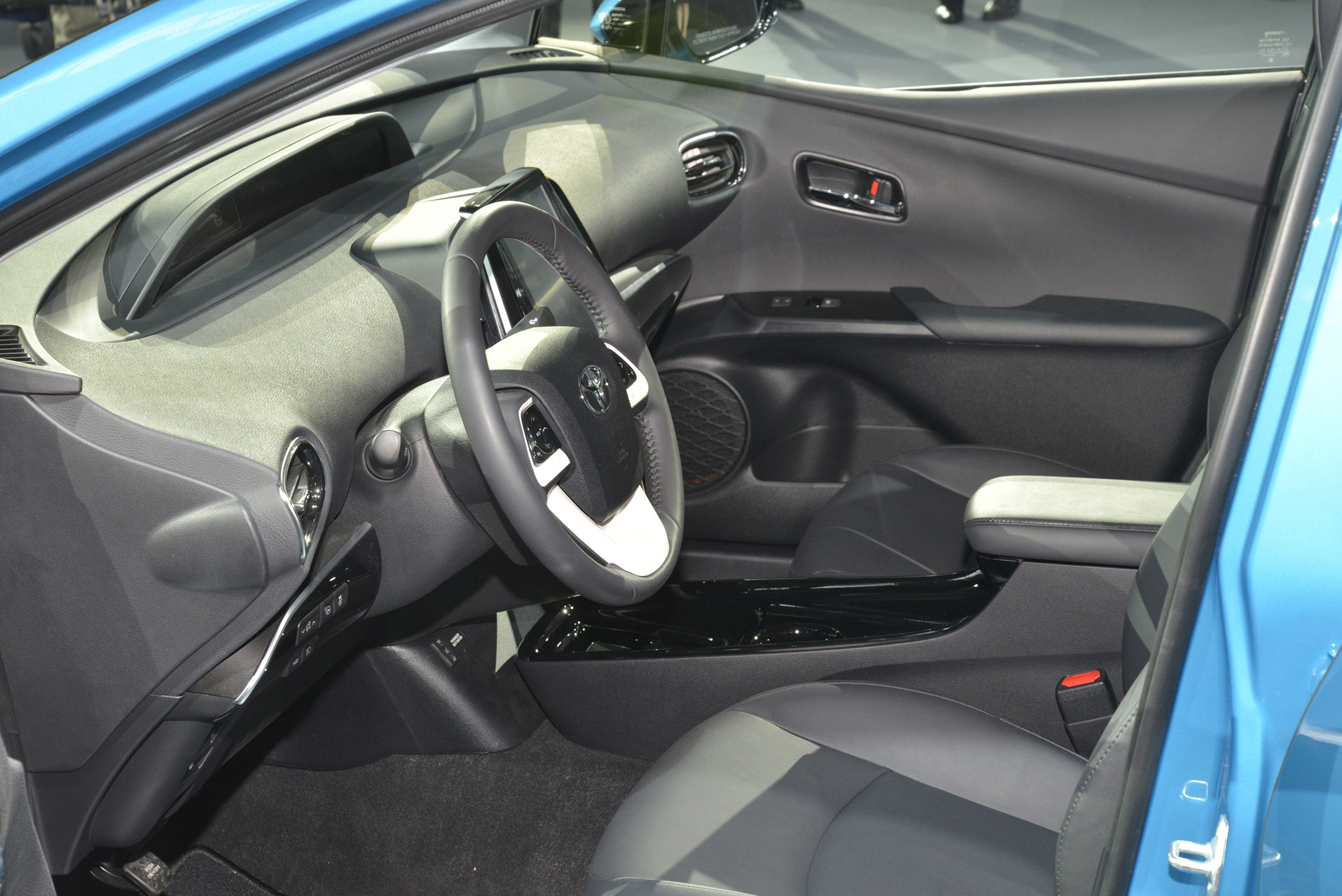
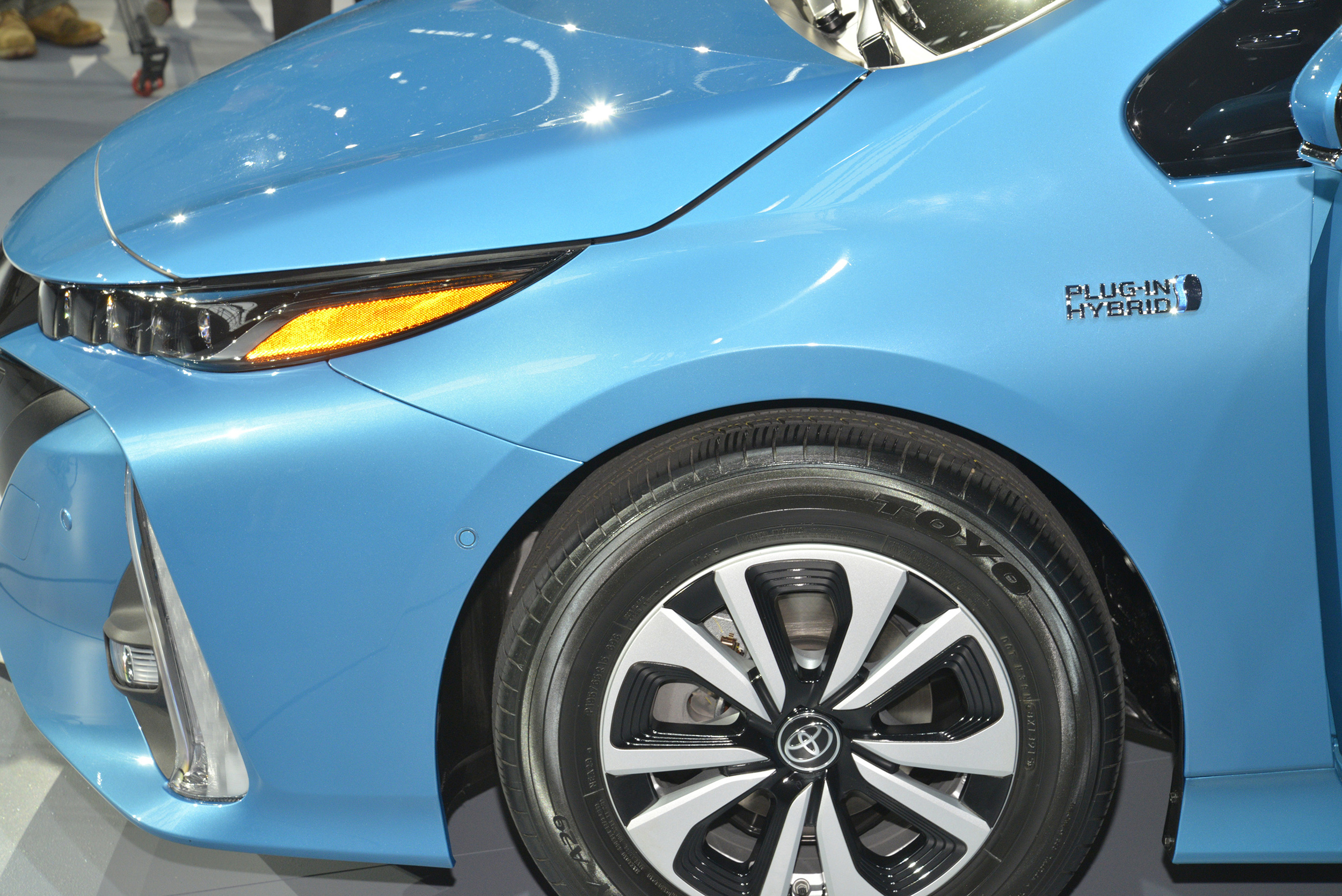
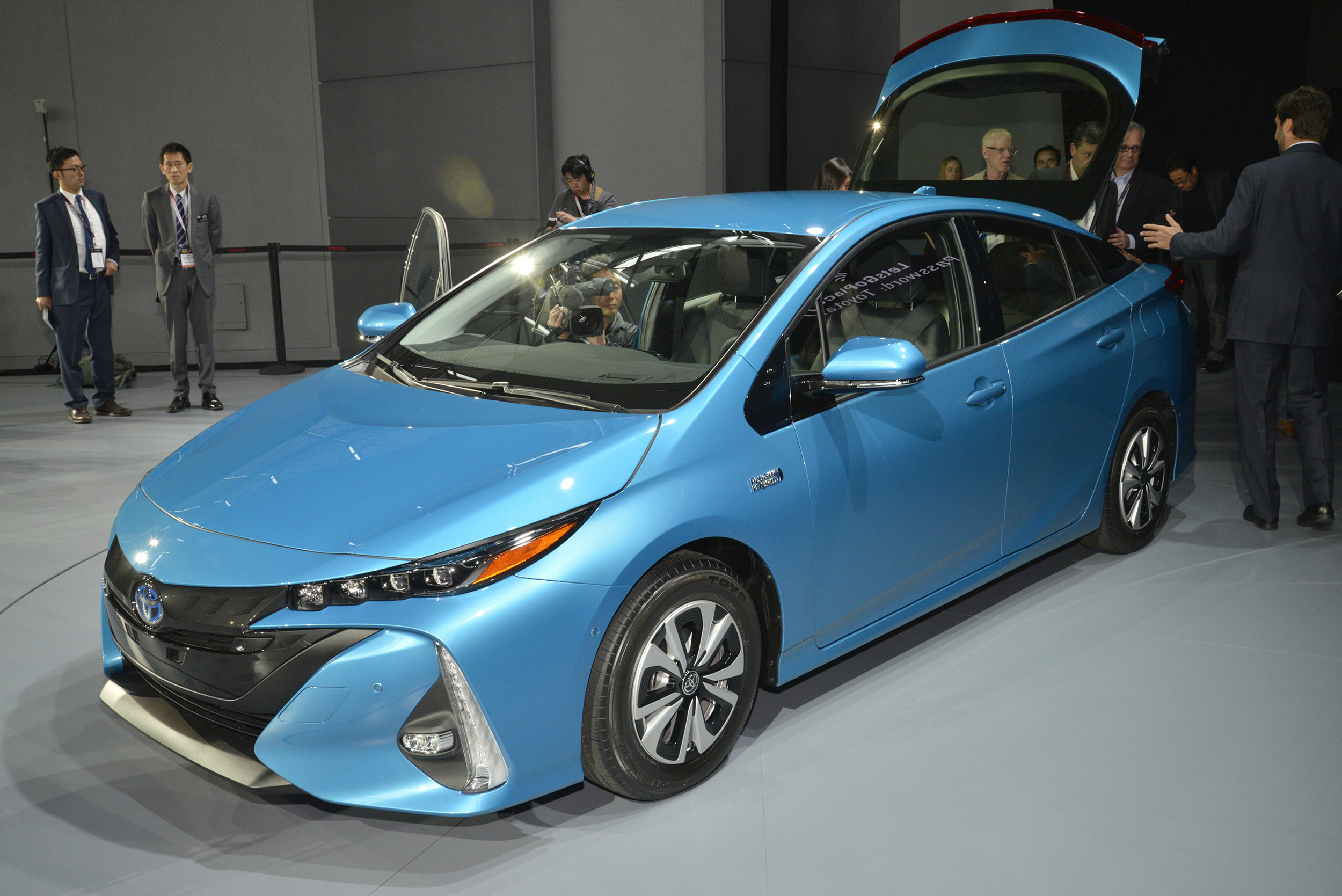


The second generation of the Toyota Prius Plug-in Hybrid has debuted at the 2016 New York International Auto Show.
Offering improvements in its EV performance, in terms of driving range, power and maximum speed, the new model builds on the strengths of the latest generation Prius, introduced earlier this year.
The new Prius Plug-in’s Hybrid Synergy Drive powertrain features a larger, 8.8kW/h lithium-ion battery pack, increasing its driving range in EV mode as well as the potential driving range from a tank of fuel. Fuel consumption shows a marked improvement compared to its predecessor, with an estimated average figure of 202mpg, the best rating for any current plug-in hybrid on the market, says Toyota, producing a CO2 figure of just 32g/km.
Even when not running in EV mode, the Prius Plug-in will automatically favour its all-electric drive capability in situations where this can deliver higher efficiency than the petrol engine, most notably when driving around town and on shorter journeys.
The new plug-in hybrid system further minimises use of the petrol engine, even when accelerating quickly or using the cabin heater, with the adoption of a new battery-powered heating system that improves efficiency in cold weather, and the world’s first heat pump air conditioning system with gas injection.
As a result of these advanced technologies, the new car can be driven at speeds up to 84mph while still in EV mode. The potential EV driving range is more than 30 miles, around twice that of its predecessor, and charging the battery should take around two hours and 20 minutes.
The hybrid system’s 1.8-litre Atkinson cycle VVT-i engine also plays an important role in its overall efficiency. Its large-volume exhaust gas recirculation system, improved combustion efficiency and innovative measures to manage heat and reduce friction have improved its thermal efficiency to 40 per cent, a world-best figure for a mass-produced petrol engine.
The Prius styling presents a ‘chiselled profile and edgy character lines’ according to Toyota, and has a more ‘road-hugging’ look and a lower centre of gravity. Compared to the current model, it is 165mm longer, 15mm wider and sits 20mm lower to ground.
The car’s 0.24 drag coefficient (Cd) is expected to be among the lowest of any production saloon, achieved with a number of advanced design features such as the “double bubble” tailgate glass and a grille shutter which automatically closes when airflow is not needed to cool the radiator.
Weight has been kept to a minimum through extensive use of high-tensile steel in the bodyshell, aluminium for the bonnet and, in a first for a mass-produced car, a carbon fibre reinforced plastic (CFRP) tailgate. Its status as an individual model within the Prius range is confirmed by a unique lighting signature, created with four-lamp LED projector headlights and LED tail lamps.
The interior features a four-seat layout, built around a full-length centre console. The instrument cluster has dual 4.2-inch full colour TFT screens while the centre cluster has a floating design and an eight-inch touchscreen for easy operation of audio and navigation functions, including flick actions to scroll through the different displays.
A sound-insulating laminated windscreen and front door glazing creates, says Toyota, an ‘exceptionally quiet’ cabin environment, aided and abetted by a quieter S-Flow automatic air conditioning system which has been made smaller and lighter and uses less power.
The Prius Plug-in will be offered with Toyota Safety Sense, equipping it with integrated active safety and driver assistance functions including a Pre-Collision System with Pedestrian Detection and Autonomous Emergency Braking; Lane Departure Alert with Steering Assist; Full-Speed Adaptive Cruise Control with full stop technology; and Automatic High Beam headlight operation. A Blind Spot Monitor and Rear Cross Traffic Alert will also be available.
The new Prius Plug-in will be available in UK showrooms from the end of this year.
